There is a saying in the photographic industry that if you can shoot food, you can shoot anything. Food is a notoriously difficult subject, and mastering the art of food photography is a process that takes many years.
There is so much to learn, so much to worry about: the gear, the lighting, the composition and styling, all while your food dies on the plate.
For the last decade, I’ve spent most of my waking life learning everything I can about food photography and putting it into practice, and I still feel that I’m learning every day.
In this post I want to share my best tips with you.
Here is my recipe for stunning food photos.
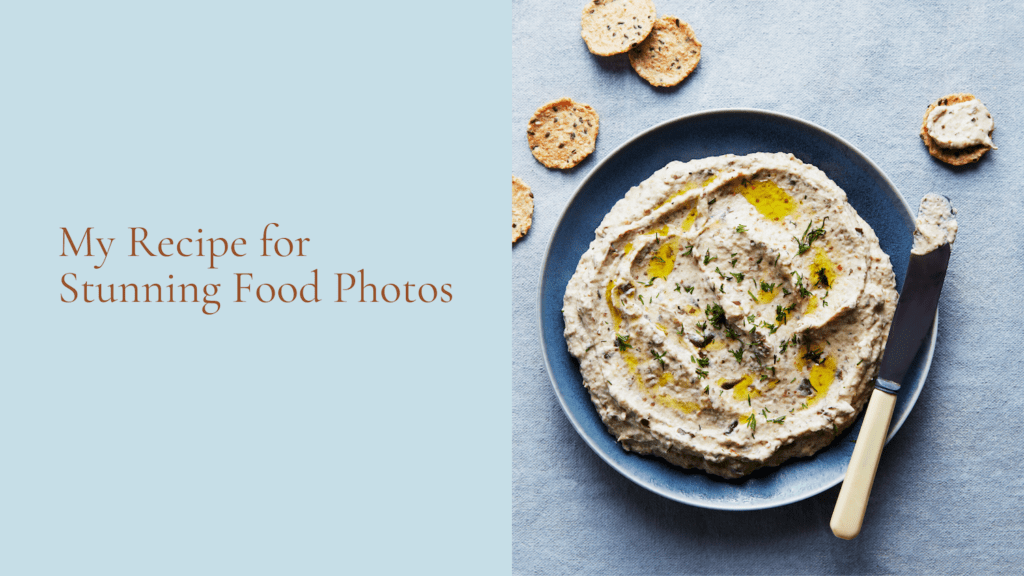
Start with the Right Lens
Having the right lens to suit your subject is really important in food photography, but luckily, you only need a couple of lenses in your kit to take stunning food photos. The lenses you choose are dictated in part by what kind of sensor your camera has.
If you’re shooting on a camera body that has a cropped sensor, then a 50mm is a key lens to have. With the crop factor, it will give you a focal length close to what you get with an 85mm on a full-frame camera.
A 50mm is also an important lens to have if you shoot full frame, as you can shoot flatlays and tablescapes, as well as food portraits with this lens.
However, beware that on a camera with a full-frame sensor, a 50mm lens is actually considered a wide-angle lens. If you’re only shooting one or two objects, or if your subject is small, there will be too much background in your shot. You’ll also have to get very close to your subject to get rid of what you don’t want in your photo.
I prefer a 85mm for food portraiture on a full-frame. This will give you beautiful framing for your image—not too tight, not too loose. The 85mm is known as a portrait lens, but it’s also perfect for food photography.
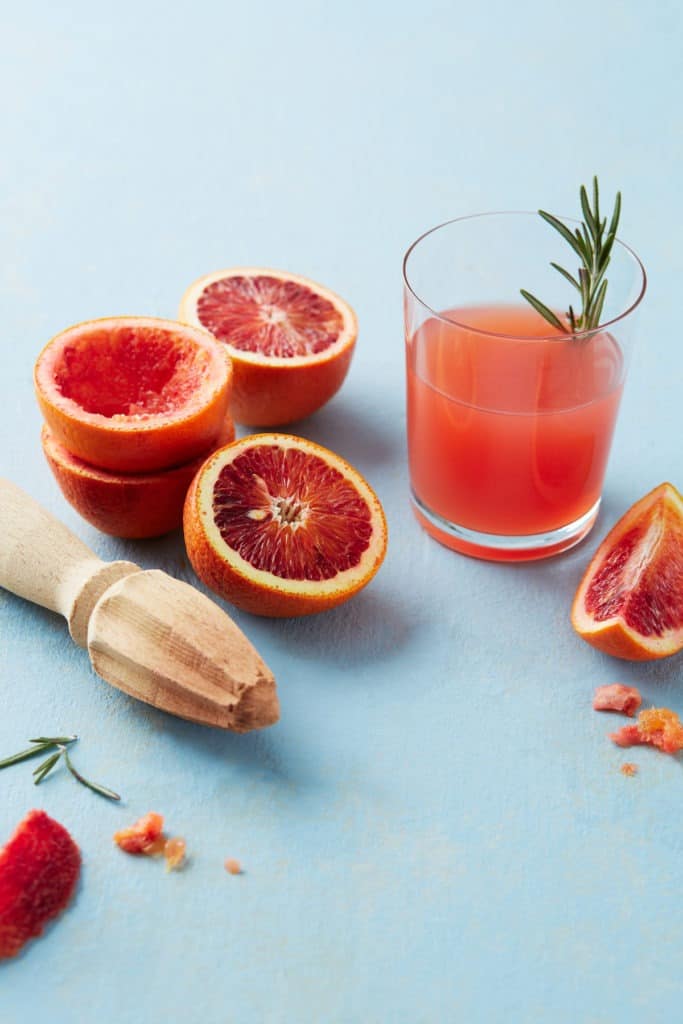
To shoot straight-on or 3/4 angle shots, I recommend a 100mm macro lens. A macro lens isn’t just for tight, close-up shots, although it’s great to have for this reason.
When you’re shooting with a longer lens, you only see the subject and the surface that it’s placed on. When you move farther back from your subject, you’re no longer using the macro capabilities of your lens, and this gives you great framing without distortion.
A 60mm macro is ideal for a cropped sensor camera. These lenses will offer you great versatility.
If you have the budget for it, then a 24-70 zoom lens is another great one to have in your kit. A zoom lens is not as sharp as a prime lens, but I have one in Canon’s L-Series, and it’s very sharp. It’s worth the hefty price tag.
If you’re serious about professional food photography, then you need sharp, high-resolution images. This is where the more expensive lenses come in.
So to sum up, the best lenses for food photography are:
For a crossed sensor camera: a 50 mm and a 60mm macro are ideal.
For a full frame camera: a 50mm, 85mm and a 100mm macro are key. A 24-70mm is a flexible but expensive bonus lens.
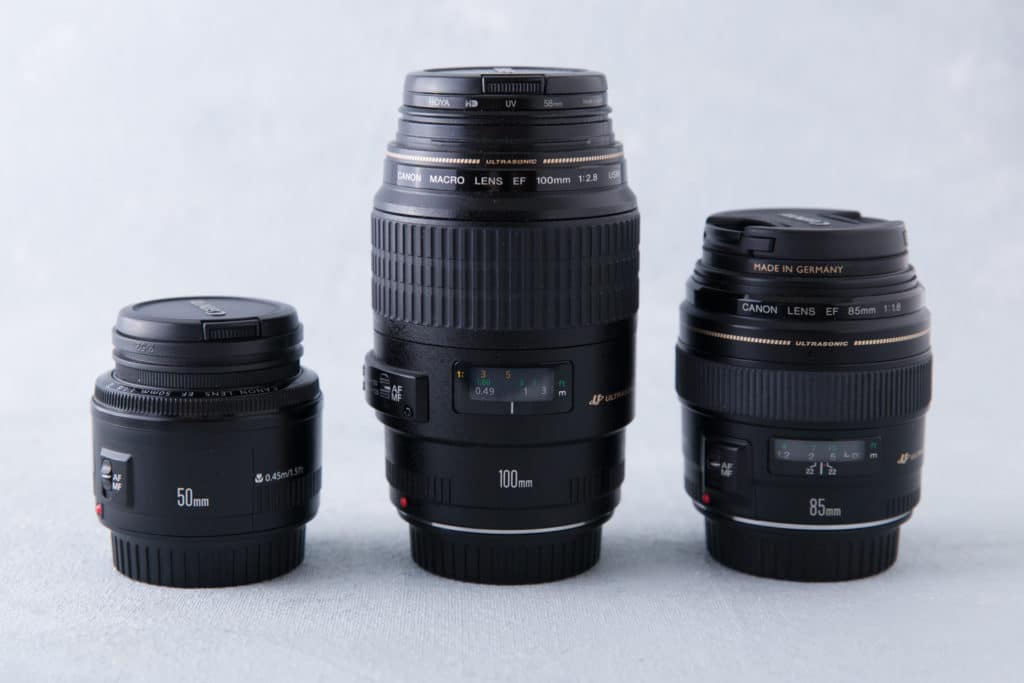
Manipulate Light to Bring Out the Best in Your Subject
The right lighting can bring out the vibrance, texture and colours of your food subjects. Sculpting the light to do what you want is a skill that needs to be developed, and it takes time
It doesn’t matter if you use natural daylight or an artificial light for your food photography. The basic principles of light are the same. The key is knowing how to control and manipulate light.
The best lighting scenario will depend on the subject.
For example, if you’re shooting a beverage or soup, backlighting can be a great approach. It highlights liquids in a beautiful manner.
Side lighting or side backlighting are also great options for food photography.
To get the most out of your lighting, use reflectors to block or bounce the light. Use diffusers to soften it, as soft, indirect light is usually the most flattering to food.
You can buy a 5-in-1 reflector kit that comes with gold, silver, black, and white reflectors. These usually come with a diffuser, which is key for softening hard or direct sunlight.
If you don’t have the budget for a diffuser, try hanging a sheer white curtain in front of your window. You can also buy some pieces of white and black cardboard or poster board. These are inexpensive and can help you shape the light to how you want.
When shooting straight-on, have your lighting coming from the left side, if possible. Having the light on the left helps lead our eye through the image. The eye is first attracted to lighter and brighter parts of the frame.
Homework: Do an experiment where you take a shot of a set-up with the light on your left. Then take another shot with the light coming from your right. Notice how the light affects your scene differently.
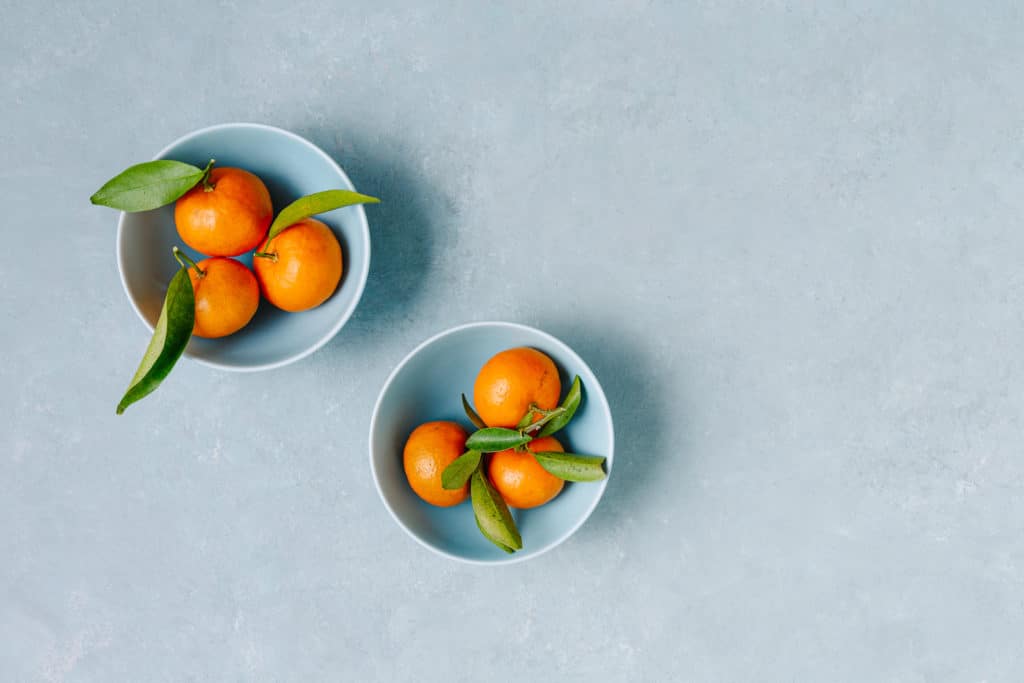
Use a Tripod for Consistency
In food photography, working with a tripod is a must. Shooting food is a slow and deliberate process of building and assessing.
Using a tripod frees up your arms to work more carefully and efficiently. It also helps you maintain the same position from shot to shot. This is important if you’re working on a series of photos, such as in the case of food product shots.
If you get an extension arm for your tripod, you can position your camera over your set-ups for flatlays. Overhead shots have a more graphic quality. so they’re great for fitting several elements into a scene. Shooting at 90 degrees flattens everything and diminishes depth.
Having a shutter release is also useful. When photographing food in natural light, you may have to use slower shutter speeds.
Even when you’re on a tripod, pressing the shutter can create a minute vibration. This may introduce camera shake into your images and prevent them from looking sharp. A shutter release can prevent this.
If you’re shooting tethered in Lightroom, you can activate the shutter from within the workspace.
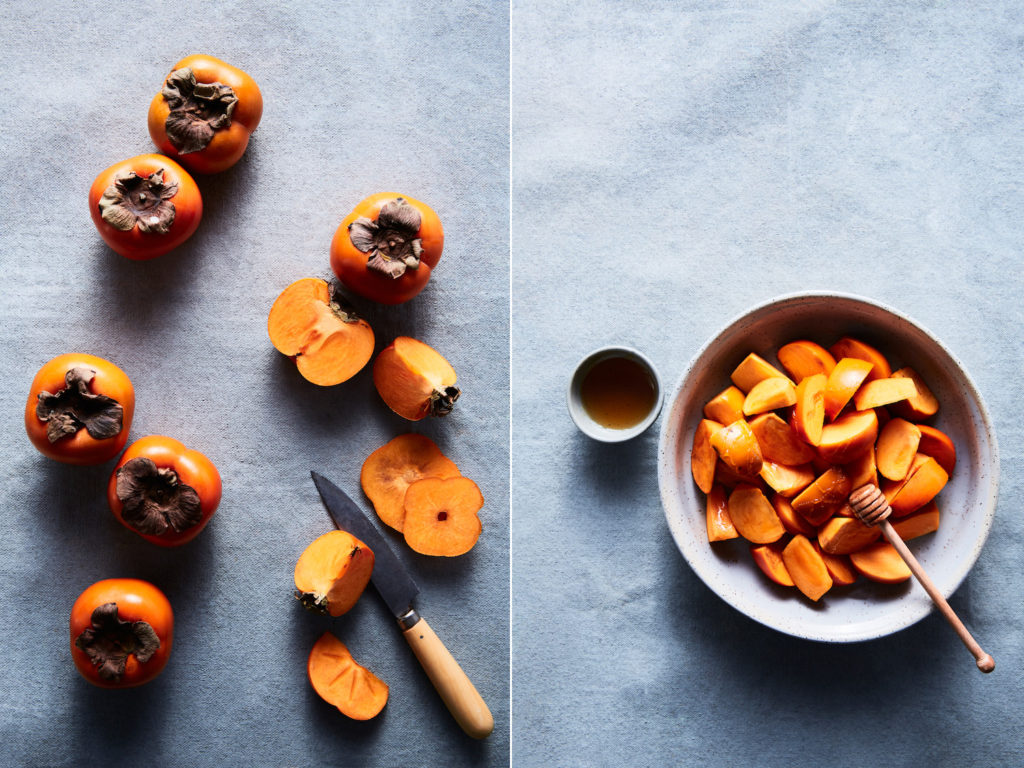
Find the Right Props and Backdrops
The right prop can enhance your food photography. Make sure that the props you use work together visually and make sense alongside the food you’re shooting. For example, a pair of botanical scissors will look odd in an image where there is nothing to cut, like herbs.
Visual storytelling is not all about creating something beautiful. Your food photos must also need to be cohesive.
If you’re shooting a dark and moody scene, choose dark and muted props. Also, choose dark and neutral surfaces and backgrounds. Often, white or light dishes and props can create too much contrast and can also be difficult to expose correctly. You want to draw the eye to the focal food subject–not a bright white dish.
Think about texture and colours when choosing your props. I recommend that most of your props be neutral in colour. They’ll work together for many shots, and you can get a lot of use out of them.
Shiny items can be quite problematic because the shine reflects all the surroundings.
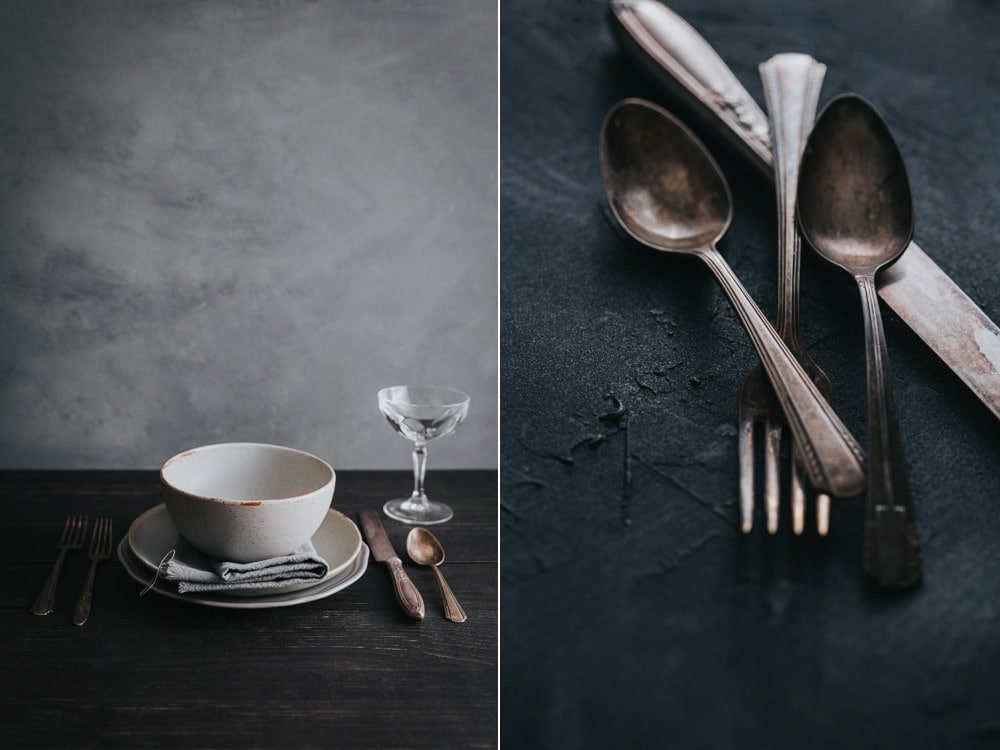
These reflections take time to manage and can be difficult. You might have already noticed this if you have shot cutlery or glassware of any sort.
There is a product on the market by Krylon called “Dulling Spray” that can be found at craft stores. You can spray it on these items to reduce the glare. Keep in mind that doing so makes these items no longer food safe. Personally, I keep my props separate from my everyday kitchen items.
Whether you’re shooting from overhead or straight on, you will need a proper background. There are companies that sell professional backgrounds for food and still life photography. You can also make your own with a bit of elbow grease and ingenuity for a fraction of the price.
This is another area where you can unleash your creativity. The possibilities are endless.
One of my favourite backgrounds for still life photography are pieces of painted canvas. You can buy a large canvas painter’s drop cloth and some paint samples from the hardware store.
These create backdrops with a beautiful and subtle texture. They are inexpensive and can be rolled up and stored away easily.
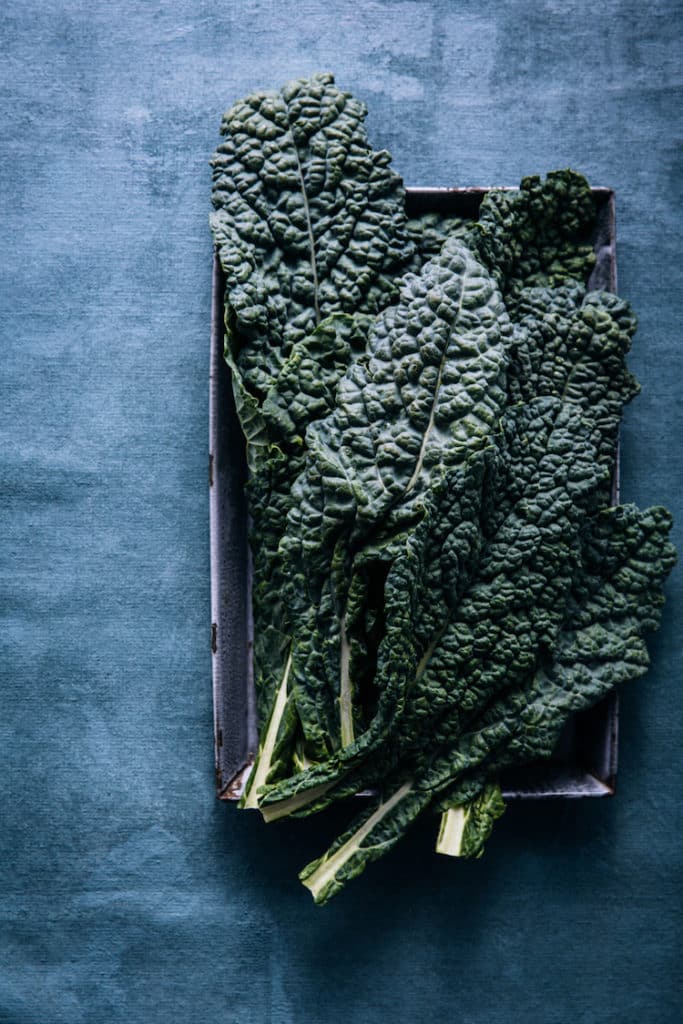
You can also buy sheets of pine wood or laminate and paint them. Search online for “paint effects” to give you ideas about textures and colour combinations you can use.
It’s best to use backgrounds in neutral or subtle colours that will not overpower your subjects. It will also mean that your backgrounds can be used in many ways. Black, white and greys are good choices, as well as brown and shades of blue that are not too bright.
Develop Your Styling Skills
Styling and composition go hand-in-hand. This is why you will always find at least one food stylist on a professional food shoot.
A food stylist’s job is to make the food look as delicious as possible for the camera. A chef may be trained in plating. But that doesn’t always translate well on camera.
Food stylists have intimate knowledge of how food behaves on set. They know how to get the most out of whatever ingredients they are given.
However, as a blogger or food photographer starting out, hiring a food stylist will likely be too costly. This means you will have to learn some of these these skills yourself.
A food shoot is a collaboration between the stylist and photographer, therefore, you also need to know enough about food styling to know what is required to get the shot and direct the food stylist appropriately.
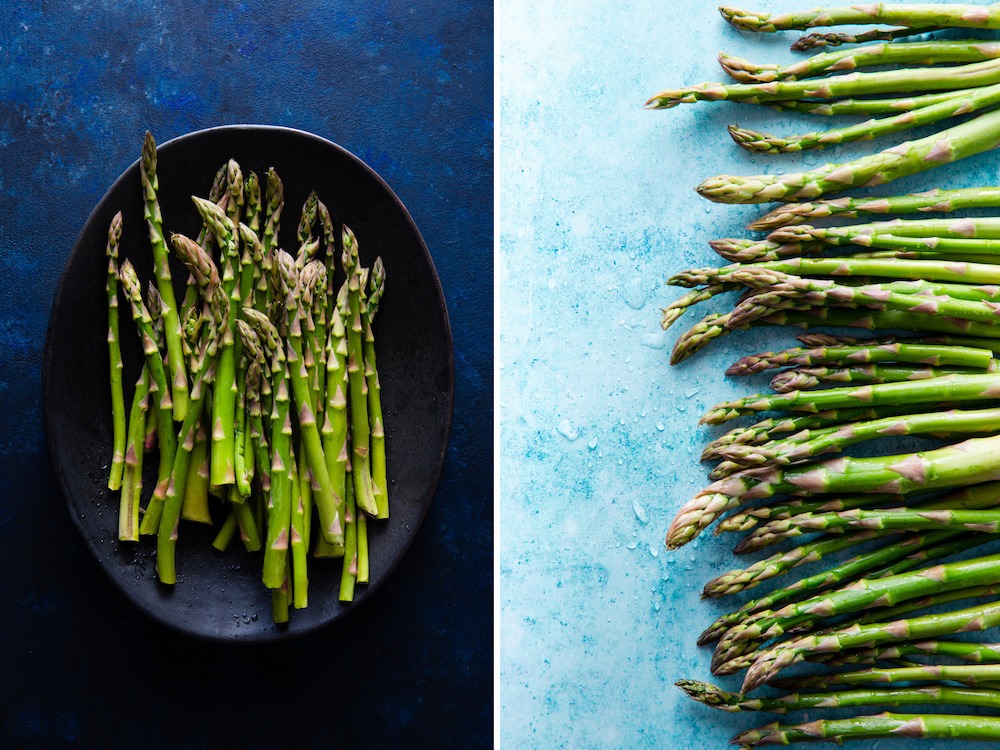
Plan Your Shoot
Take your time to think about the visual story you want to tell and the best way to execute it. I like to do sketches and keep all of my photo ideas written down in a book.
In fact, this sketchbook led me to creating the 42 composition templates in my ebook Rule-of-Thirds: A Guide to Composition for Food photography.
Having a rough idea in your head of what you want your final image to look like. A certain vision may mean sourcing or purchasing props or fabric, or botanical elements.
Implement Compositional Theory
The rules of composition are not really rules; they’re more like guidelines to help you take better pictures. Art is highly subjective. A picture can still work, even if it doesn’t fall into a prescribed aesthetic.
That said, the best photographs usually do follow compositional theory in some way, whether it’s intentional or by accident. Take the time to study compositional principles and how various artists implement them.
An especially useful guideline for food photography is the Rule-of-Odds. This principle states that when photographing a group of objects, an odd number of elements is more interesting than an even number.
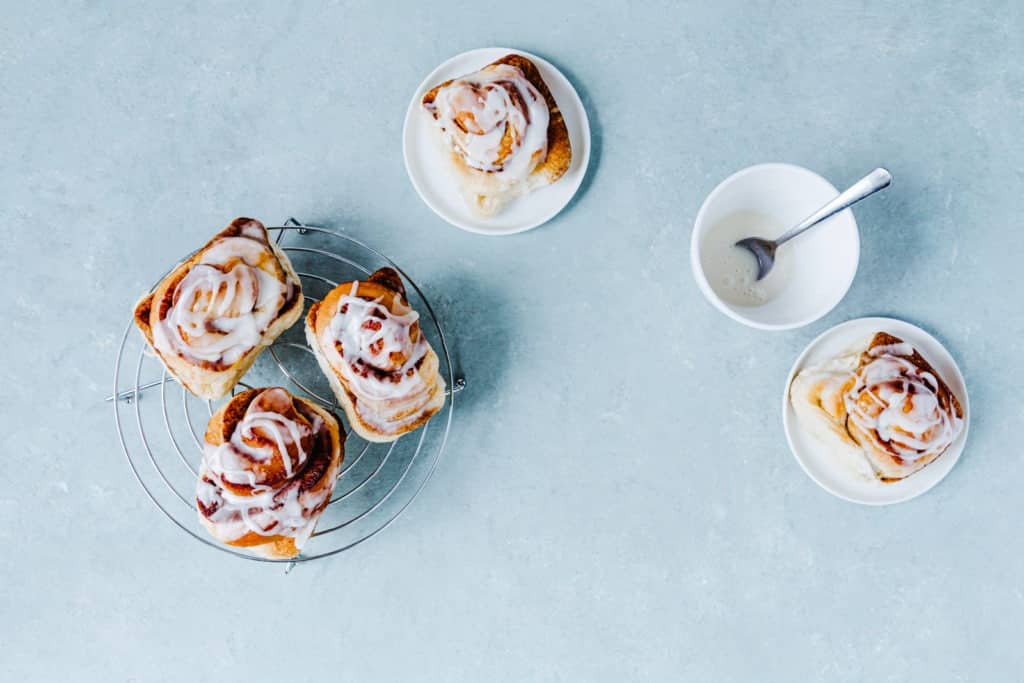
Odd numbers create a sense of balance and a resting point for the eyes. An even number of objects can divide our attention.
Another useful guideline that you are likely familiar with is the Rule-of-Thirds.
Divide your scene into nine equal sections, like a tic-tac-toe board. The important elements in the scene should fall along these lines or at the points where they intersect.
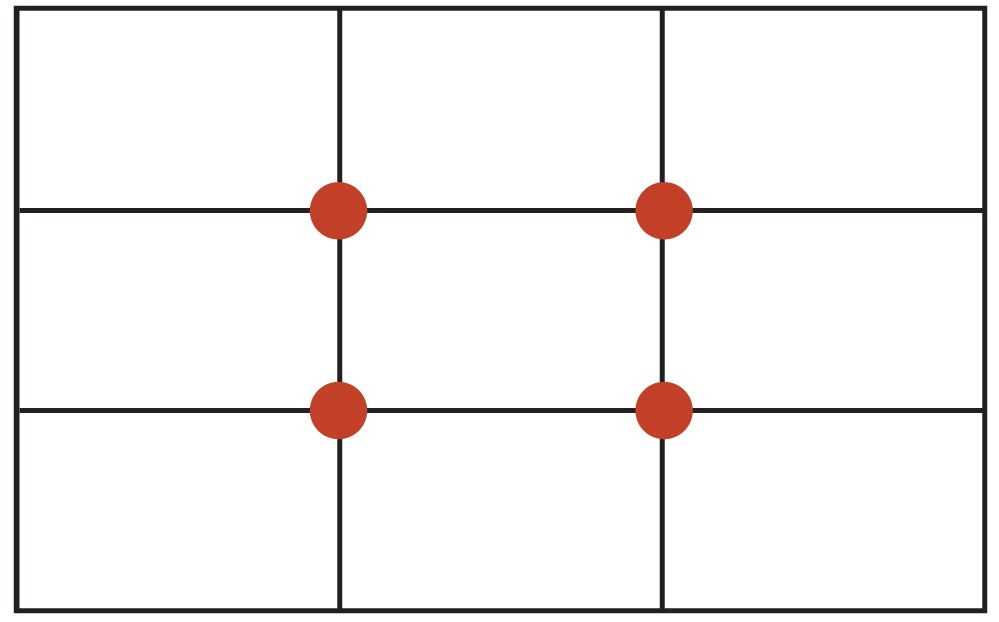
Using the Rule-of-Thirds is a great starting point to help you add harmony to your images, but there are some even more powerful concepts that you may want to consider.
For example, try the Phi-Grid or Golden Triangle when composing your food photos.
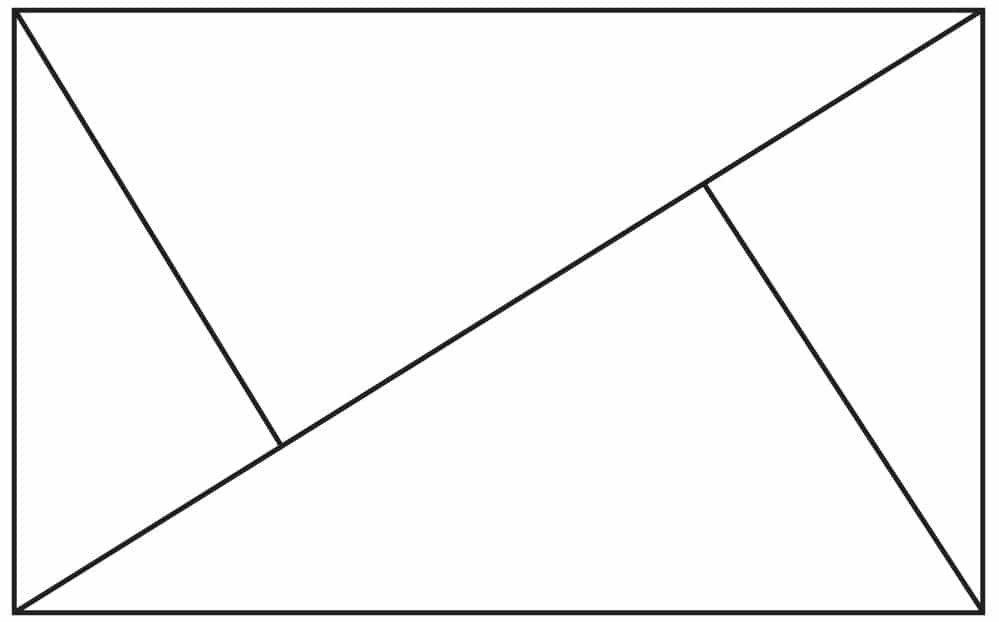
Several post-processing programs have compositional grids that can help you compose your photos. You can overlay these on your image to help you with cropping, or while shooting tethered.
Remember that colour is also an important aspect of still life composition. Refer to the colour wheel to help you plan your colour schemes. Colours that are opposite on the colour wheel, like blue and orange, are complementary colours.
Colour can also be an important part of your food photography style. If you look at the most popular accounts on Instagram, you’ll see that most have a consistent colour palette.
For more in-depth information about composition, check out my eBook Rule-of-Thirds: A Guide to Composition for Food Photography.
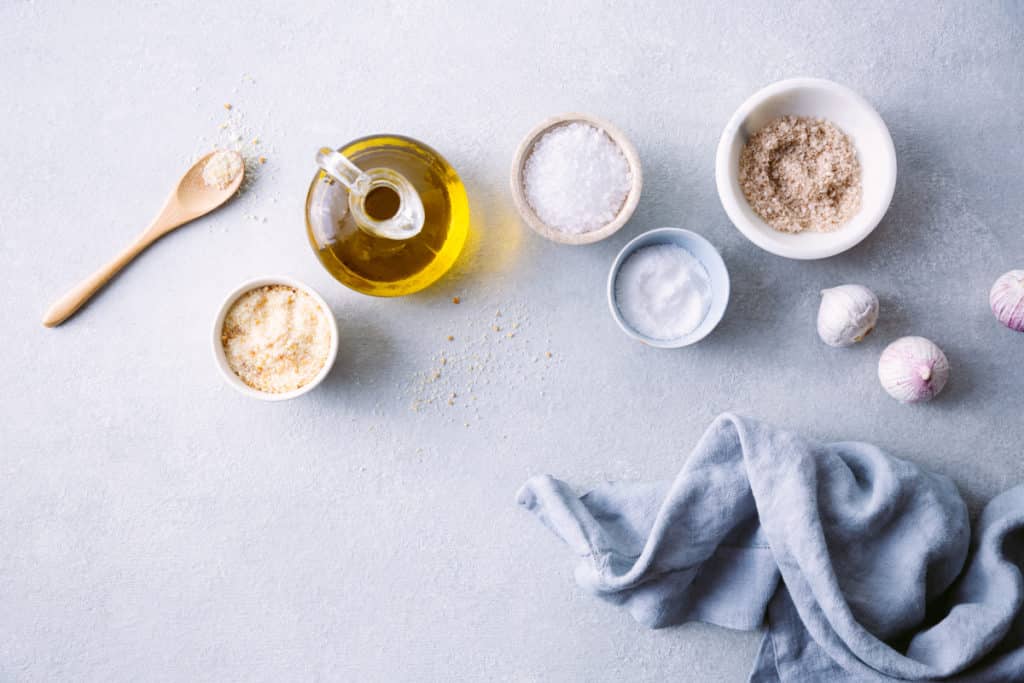
Get Creative with Editing
Adobe Lightroom is the RAW processor of choice for most food photographers, but there are other great options out there, like Photoshop and Capture One Pro. If you’re a pro shooter, then these programs are often a must.
I don’t generally don’t recommend presets for food photography, but Lightroom presets or Photoshop actions can be useful in creating an efficient workflow. I have some presets that I have created on my own that I love to use on my lighter shots with blue backdrops, for example.
If you’re working in Lightroom with some presets you like, study the settings to understand how they affect elements of the image. Presets can also be a great starting point that you can tweak to your individual taste and aesthetic.
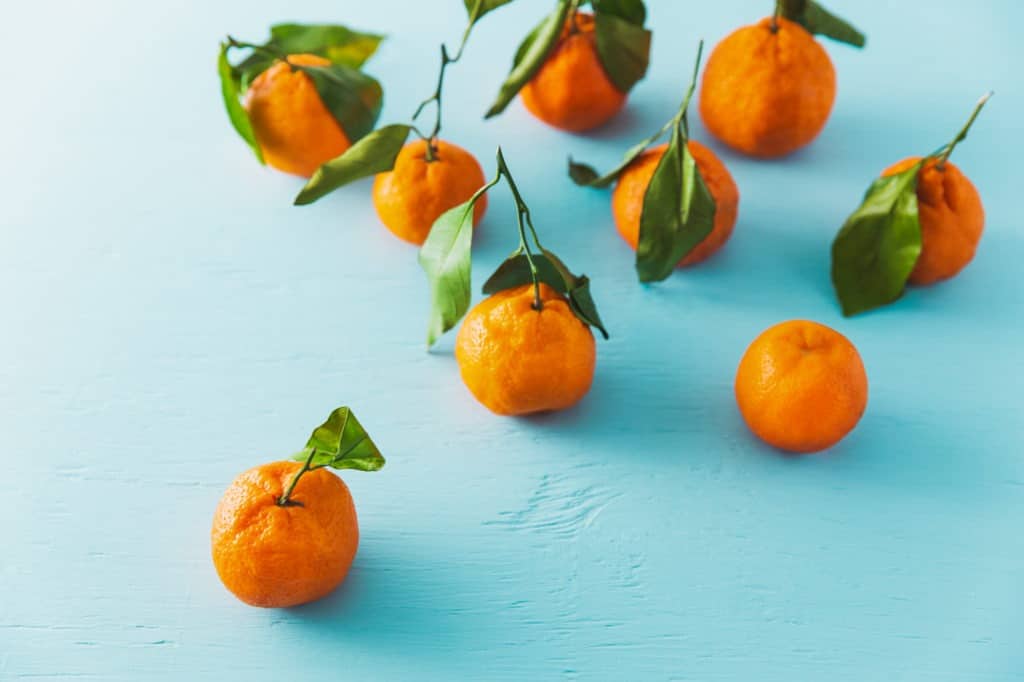
Conclusion
Improving your food photography is a long game that requires patience, persistence, and attention to detail. Hopefully this blog post has given you some tips you didn’t know about.
But my best tip? When in doubt, keep it simple. Sometimes the most beautiful compositions are the most minimal.






